Josh66
Been spending a lot of time on here!
- Joined
- Oct 31, 2007
- Messages
- 14,593
- Reaction score
- 1,239
- Location
- Cedar Hill, Texas
- Can others edit my Photos
- Photos NOT OK to edit
OK, so I've heard the 'meter one light at a time' advice, but I'm sort of confused about what happens next.
I have a meter (L-358) and 2 flashes.
When I meter the second light, do I just totally ignore the settings from the first light, and set the camera to the settings for the main one?
What happens if the light overlaps? Won't those areas be overexposed?
I have a meter (L-358) and 2 flashes.
When I meter the second light, do I just totally ignore the settings from the first light, and set the camera to the settings for the main one?
What happens if the light overlaps? Won't those areas be overexposed?


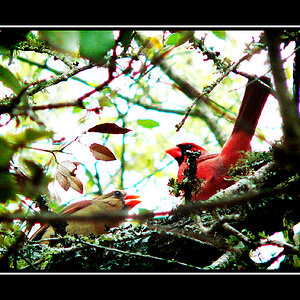
![[No title]](/data/xfmg/thumbnail/36/36652-145f66f617fee0f81baca6f8db8b4eb2.jpg?1619737673)
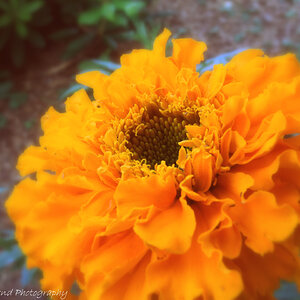
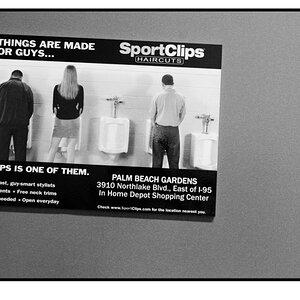
![[No title]](/data/xfmg/thumbnail/36/36651-948fc64542c147745d3f3c48bce31dce.jpg?1619737673)
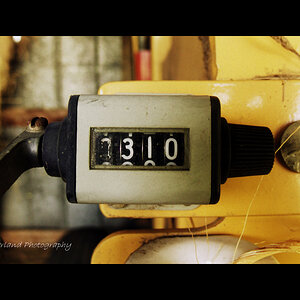
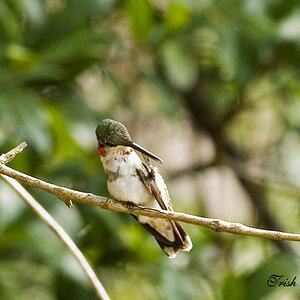
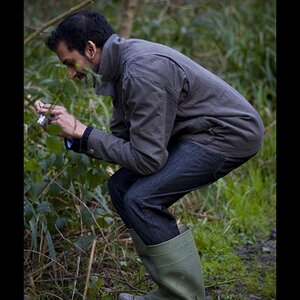
![[No title]](/data/xfmg/thumbnail/42/42397-30faa170de7ed9be38adf00b9b26a220.jpg?1619740167)


